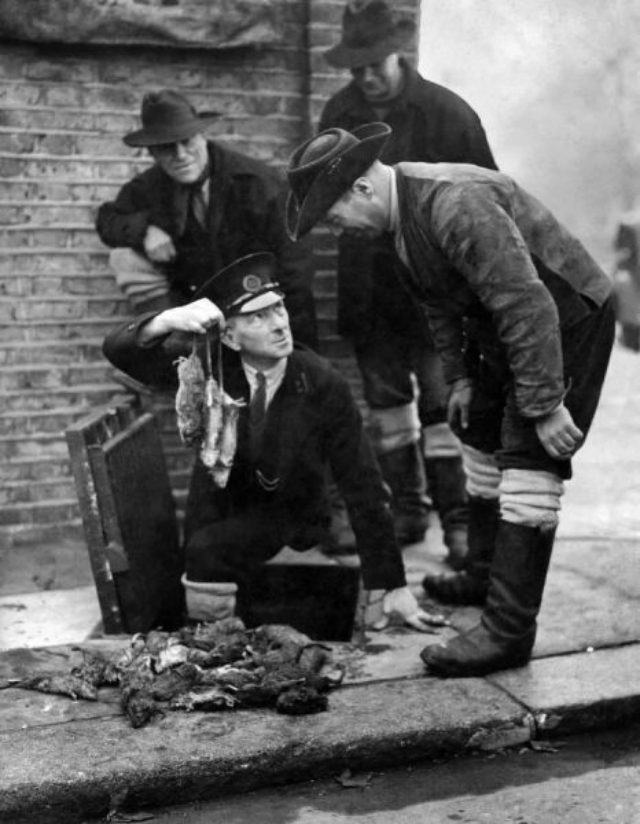During World War II, England faced a significant challenge with rat infestations, particularly in 1943. The war effort meant that food supplies were vital, and rats posed a direct threat to these resources by consuming and spoiling crops and stored goods. Additionally, rats were known carriers of diseases, making their control a public health priority amidst the stresses of wartime.
The “war on rats” was a serious campaign, with considerable effort put into eradicating these pests. By December 1943, it was reported that over half a million rats had been killed since the campaign intensified in November, with hopes of exterminating over a million by the end of the year.
Methods employed in this campaign included: food mixed with poison was strategically placed in rat runs and sewers; efforts were made to prevent rats from accessing food by rat-proofing buildings, covering drains, concreting floors, and blocking burrows; traps were used, and chemicals like cyanide powder were employed to gas rats in their outdoor habitats.
Farmers and even members of the Women’s Land Army were trained to use ferrets to chase rats from grain stacks, where they could then be shot or killed by dogs.
This sustained effort was a crucial part of the broader agricultural and public health strategies during the war, aimed at safeguarding the nation's food supply and preventing the spread of disease. The focus on rat control continued beyond the war, informing later legislation such as the Prevention of Damage by Pests Act of 1949.










0 comments:
Post a Comment